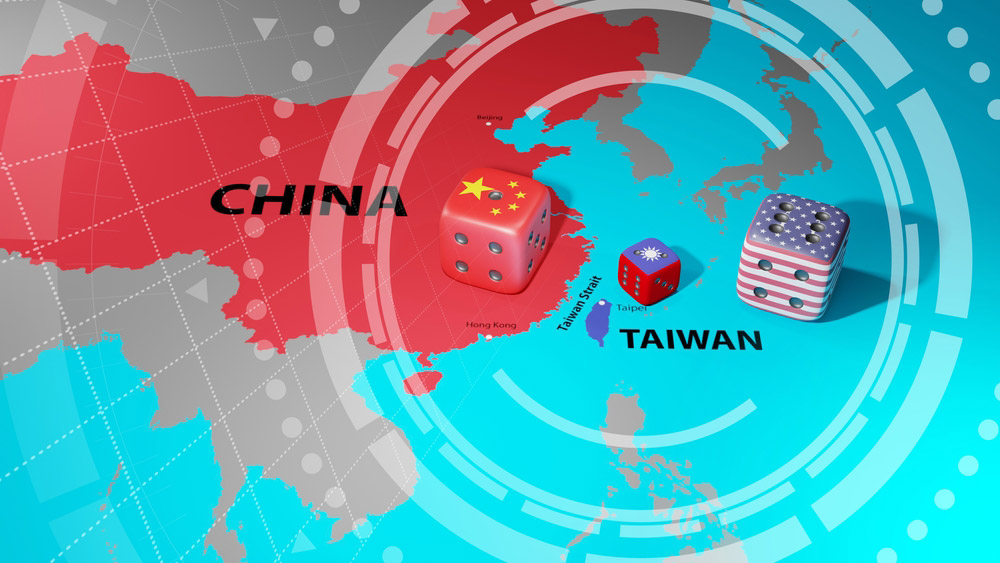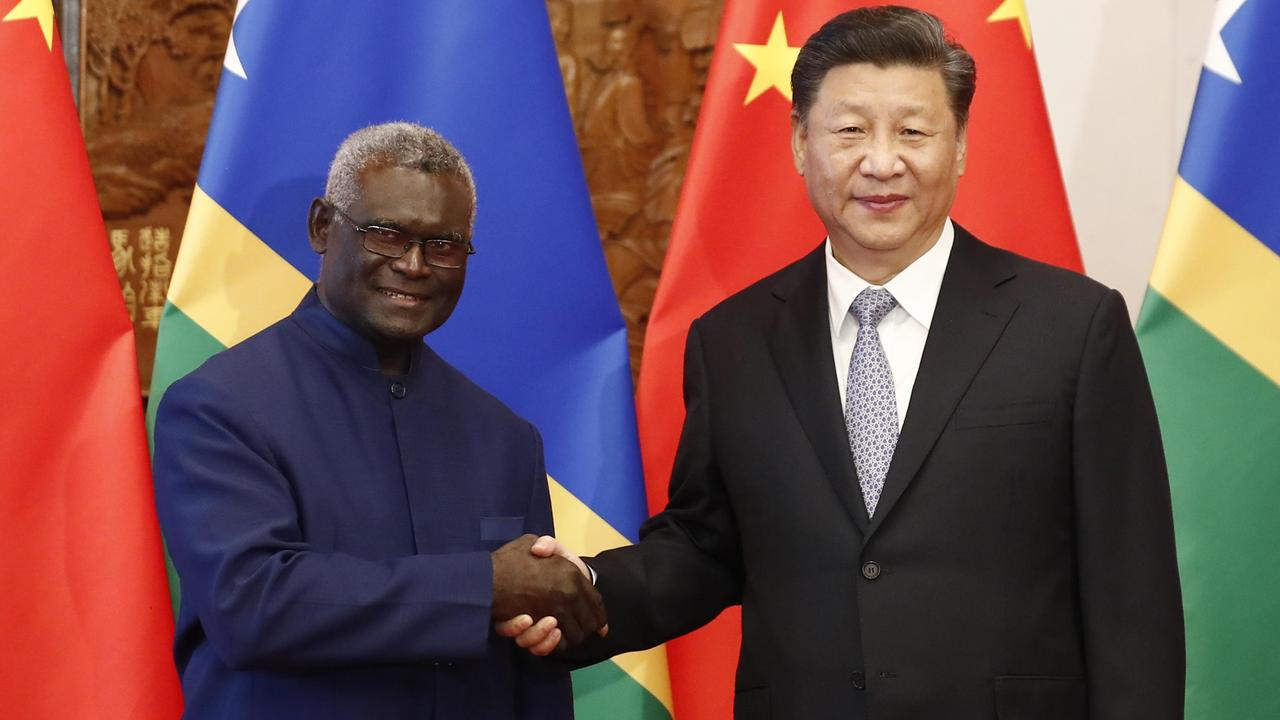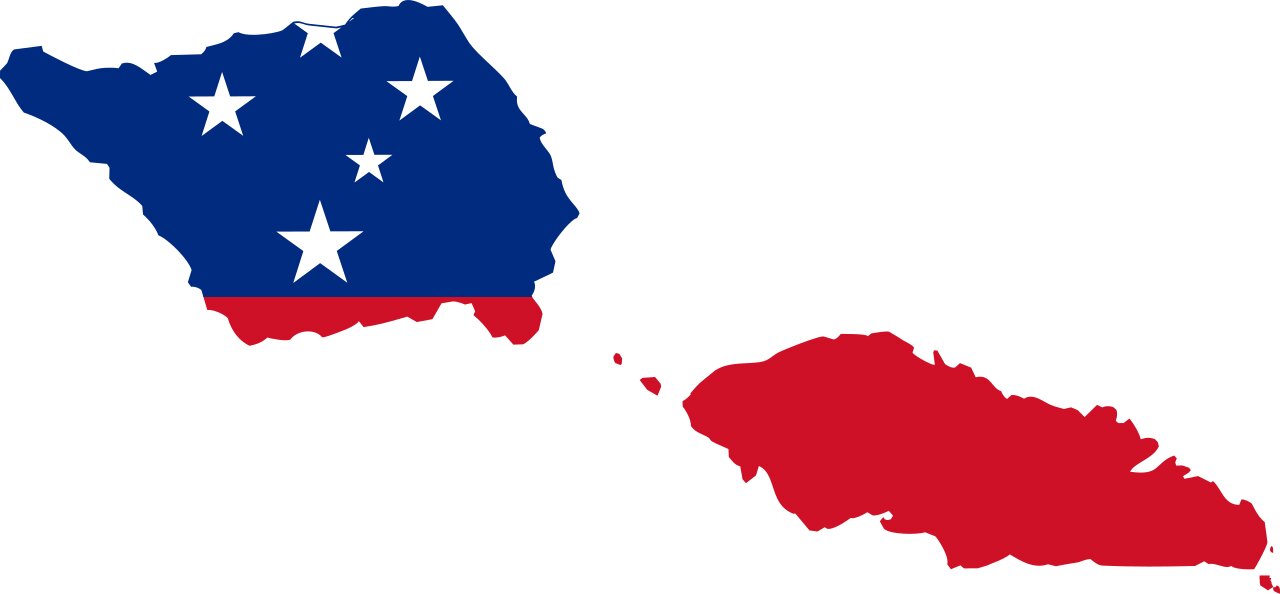On February 2, the U.S. and Philippine defense departments announced plans to significantly expand the extent of U.S. access to military facilities in the Philippines. The 2014 Enhanced Defense Cooperation Agreement (EDCA) grants the U.S. military temporary access to designated Philippine military facilities and allows the U.S. to pre-position military equipment at these sites. Under the new plan—details of which were publicly disclosed on April 3—the U.S. military will gain access to four new facilities located in “strategic areas of the country” and continue to operate out of five existing EDCA locations. The new sites include three locations in the northeastern Philippine province of Cagayan, directly across the Luzon Strait from Taiwan, and a fourth on Balabac Island in the country’s southwest, which borders the South China Sea and is close to the disputed Spratly Islands. According to the Pentagon, the new sites will allow the U.S. military and the Armed Forces of the Philippines (AFP) to “rapidly respond to a range of shared challenges” in the Philippines and in the Indo-Pacific more broadly.
Beyond the access agreement, there are other signs that bilateral security cooperation has improved significantly under the new Philippine President Ferdinand Marcos Jr. On April 11, the U.S. Secretaries of State and Defense and their Philippine counterparts held their first “2+2” dialogue in seven years. The joint statement released at its conclusion reaffirmed the two sides’ commitment to modernizing the U.S.–Philippine alliance, finalizing an agreement to conduct combined naval patrols of the South China Sea, swiftly operationalize the four new EDCA sites, and fast-track discussions on an agreement to sell advanced fighter jets to the Philippine Air Force. The two sides also began their annual Balikatan military exercises, the largest recurring U.S.–Philippines training event, on April 11. Balikatan 2023 is expected to be the largest iteration of the exercise to date, with nearly 18,000 troops participating, and it will mark the first time that the two sides have conducted live-fire exercises together in the South China Sea.
The clear forward momentum in U.S.–Philippine security cooperation stands in contrast to the period of stagnation that characterized bilateral defense ties throughout the previous administration of President Rodrigo Duterte (2016–22). Under Duterte—who famously announced his ideological “separation” from the U.S. during an October 2016 visit to Beijing—Manila dramatically scaled back military exercises and other forms of security cooperation with the U.S. as part of a broader reorientation of Philippine foreign policy away from Washington’s orbit. No new initiatives were announced, multiple training events were canceled, and Duterte threatened to terminate the bilateral Visiting Forces Agreement with the U.S. In contrast, although Marcos Jr. shares his predecessor’s desire for better relations with the People’s Republic of China (PRC), he has also described his country’s bilateral ties with the U.S. as a “special relationship” and told a U.S. audience last September that he cannot imagine a future for the Philippines without the U.S. as a partner.
These developments have not gone unnoticed in Beijing. The initial PRC public response to these events categorized them a major shift in the Philippines’ foreign policy orientation toward the U.S. and China. Such a shift is troubling to Beijing for a number of reasons:
- First, closer U.S.–Philippine security cooperation could suggest that Manila is willing to work more closely with Washington to advance the U.S. Indo-Pacific Strategy, which Beijing perceives as an effort by Washington to unite its regional and global allies to “contain” the PRC and balance against China’s rise. In a statement issued by their embassy in Manila, the PRC described the new EDCA sites as “part of the U.S. effort to encircle and contain China through its military alliance” with the Philippines.
- Second, the proximity of the new EDCA sites to Taiwan and the Spratly Islands raises the possibility that the U.S. military could operate from these locations in a contingency involving these potential flashpoints. A PRC Foreign Ministry spokesperson stated on April 12 that based on their locations, “the intention behind those sites is more than obvious.”
- Third, closer security cooperation with the U.S. could significantly boost the AFP in their efforts to establish the credible deterrent necessary to push back against growing PRC assertiveness in the South China Sea, as could combined patrols of that body of water by the U.S. and Philippine navies once an agreement to begin them is finalized.
Beijing has sought to publicly discredit these developments as changes that will destabilize the region and do nothing to make the Philippines safer. PRC public statements and China’s principal authoritative media outlets have also framed the U.S. as the principal beneficiary of the new arrangement, warning Manila not to allow itself to be “coerced” into acquiescing to Washington’s demands lest its strong economic ties with China suffer. This is not an empty threat since the PRC is the Philippines’ largest trading partner and second largest export market. PRC media has also highlighted the half century of U.S. colonial rule of the Philippines, past criminal activity by U.S. servicemen stationed in the country, and the leaking of toxic waste from the former U.S. military bases in Clark and Subic Bay to argue that a greater U.S. military presence in the county will bring no tangible benefits to the Philippine people.
Going forward, Beijing will be keen to assess the implications of greater U.S. military access in the Philippines and closer U.S.–Philippine security cooperation more broadly for PRC equities. Specifically, Beijing is likely to pay close attention to U.S. military deployments and combined training events with the AFP, seeking insight into how the U.S. military may operate from the new EDCA sites and the implications thereof for a potential military conflict involving the South China Sea or Taiwan. Regarding Taiwan specifically, although Marcos Jr. has yet to comment on whether Manila would assist in a potential conflict, he has stated that it is “hard to imagine a scenario” in which the Philippines would not become involved because of its geographic proximity to Taiwan and the sizable Philippine diaspora on that island, whose safety a senior PRC diplomat has already threatened. This is of concern to Beijing, which already frets about the prospect of Japanese and Australian assistance to any U.S. effort to defend Taiwan in the event of a PRC attack. To that end, Beijing is likely to step up its public and private warnings to Manila to avoid becoming involved in issues pertaining to Taiwan and pressure it to limit the U.S. military’s ability to operate from the country in the event of a cross-Strait conflict.
For the U.S., however, the recent improvements in bilateral security cooperation with the Philippines are an overwhelmingly positive development with important strategic and geopolitical significance. The new EDCA sites enhance the extent of U.S. military access in a strategically vital area of the Indo-Pacific at a time of mounting tensions and pervasive strategic competition with the PRC. Moreover, the improvements in U.S.–Philippine security cooperation more broadly help to upgrade one of Washington’s oldest alliances in the Pacific and bring it into increasing relevance in the 21st century. Nonetheless, U.S. policy makers should be mindful of the fact that Manila’s security interests with respect to the U.S. are deeper than access agreements, acquisitions, and China. Obtaining tangible U.S. support for the AFP’s capacity-building efforts as well as addressing Manila’s concerns over climate change, maritime security, transnational crime, and terrorism in its restive south will go a long way toward ensuring that recent improvements in bilateral security cooperation endure. Moreover, Washington should be mindful of the fact that like all Southeast Asian nations, it will be impossible for the Philippines to turn away from China completely due to geographic and economic considerations and that Manila will resist any perceived U.S. pressure to do so.



